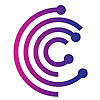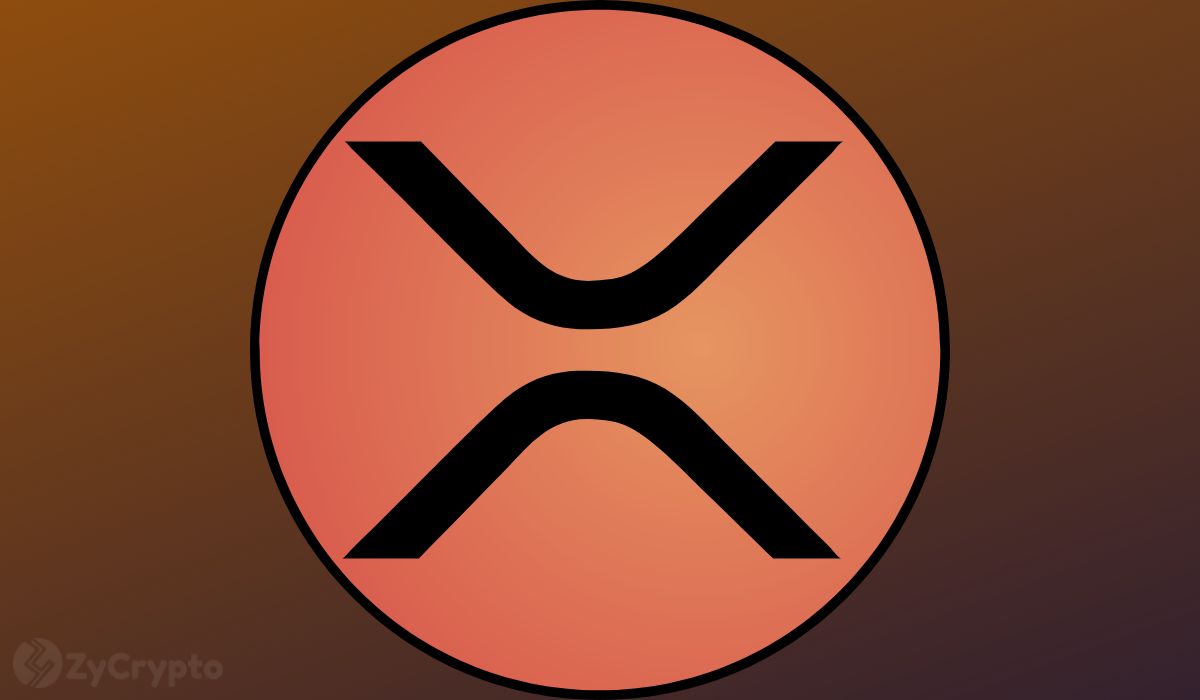ARTICLE AD BOX
The European Union’s (EU) Markets in Crypto Assets (MiCA) regulation is expected to enhance Euro-backed stablecoins’ adoption significantly.
MiCA aims to provide clear regulatory guidelines for stablecoins, potentially increasing their use within the EU. A recent Kaiko Research report highlights the implications of this regulation on the stablecoin market.
According to the report, major exchanges like Binance and Kraken are reassessing their stablecoin offerings to align with MiCA requirements. This reassessment may result in delisting some stablecoins that fail to meet the new standards. However, Euro-pegged stablecoins are likely to benefit from these changes.
Euro stablecoins on the rise
The introduction of MiCA is anticipated to drive substantial growth for Euro-pegged stablecoins. These coins have already seen an increase in market capitalization and trading volume. Since the beginning of the year, top Euro-pegged stablecoins have maintained a combined weekly volume of $40 million. These include Tether’s EURT, Stasis’ EURS, Société Générale’s EURCV, Anchored’s AEUR, and Circle’s EURCV. AEUR, launched on Binance last year, accounts for over 50% of this volume.
Euro-backed stablecoins now represent around 1.1% of all crypto trading transactions in Euro, a significant increase from 2020 when they had no share. Despite this progress, fiat transactions still dominate, making up 98.9% of the total.
The MiCA regulation may not benefit all stablecoins. Tether USDT, the largest stablecoin by market cap, could face challenges once the regulation is in place. Among other exchanges, Kraken is reportedly considering whether to continue listing USDT.
Global stablecoin market trends
USD-pegged stablecoins continue to dominate the global market. Data shows they had an average trading volume of $270 billion in 2024, contributing significantly to the worldwide stablecoin market cap of approximately $162 billion. USD-backed stablecoins also dominate USD crypto transactions, commanding 90% of the volume, with fiat making up 10%.
The prominence of USD-backed stablecoins highlights the lag in crypto trading adoption in Europe compared to the US and the Asia-Pacific region. However, the growth of Euro stablecoins reflects the broader trend of stablecoin market expansion. This growth often indicates the influx of new and returning capital into the crypto industry.
The approval of spot crypto exchange-traded funds (ETFs) in the US has also contributed to the increased interest in cryptocurrencies as an investment class. These ETFs provide a regulated avenue for investors to gain cryptocurrency exposure, further boosting the stablecoin market.
Institutional interest in Crypto
Current economic conditions are driving institutional investors towards cryptocurrencies. Factors such as high interest rates, inflation concerns, potential recessions, and geopolitical conflicts are prompting institutions to diversify their portfolios with crypto assets. Stablecoins offer a stable entry point for these investors, providing a secure method to engage with the crypto market.
MiCA’s implementation is poised to enhance the credibility and adoption of stablecoins within the EU. Establishing clear regulatory frameworks aims to foster a more secure and transparent crypto market. This could pave the way for Euro-backed stablecoins to gain a stronger foothold in the market, potentially increasing their share of crypto transactions.
The post MiCA Legislation to Boost Euro-Backed Stablecoins Adoption first appeared on Coinfea.
.png)
 5 months ago
5
5 months ago
5








 English (US)
English (US)